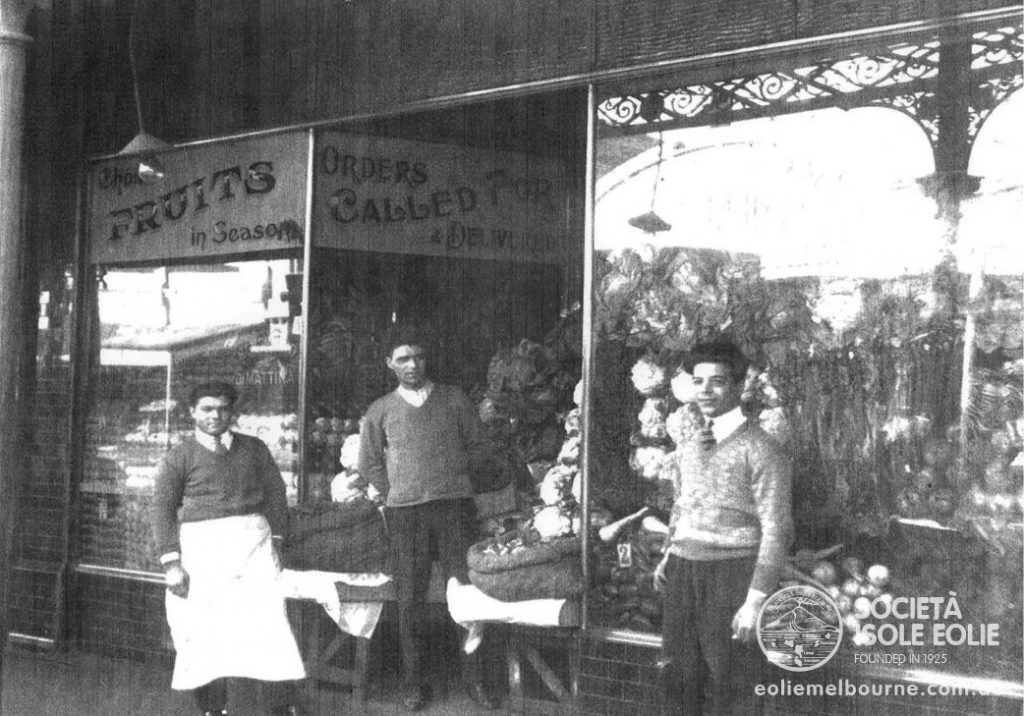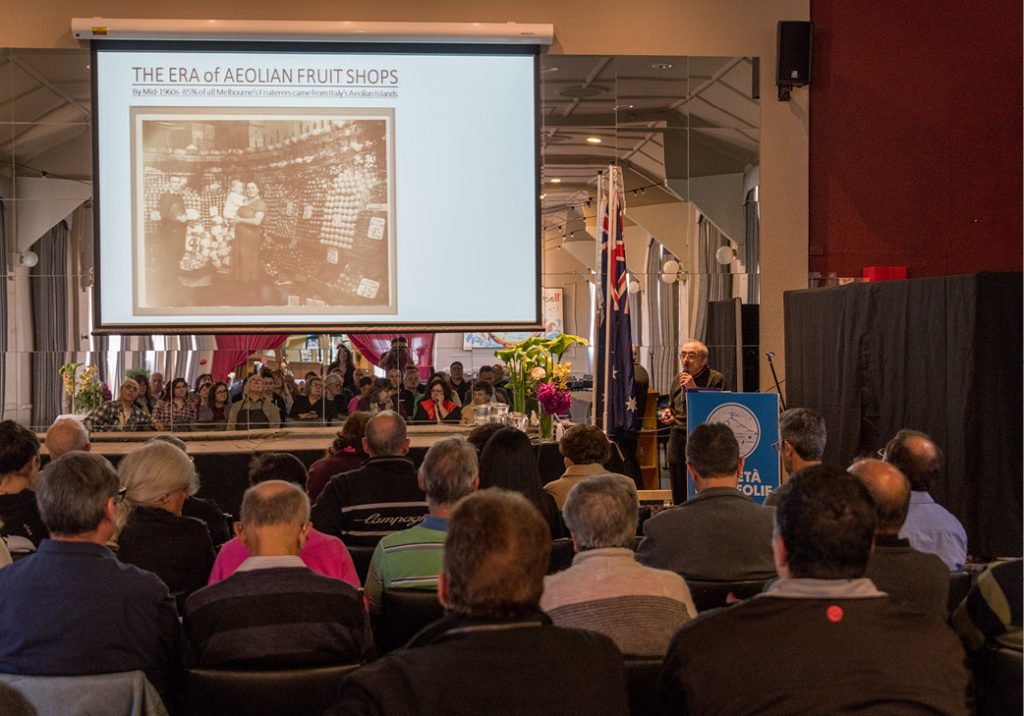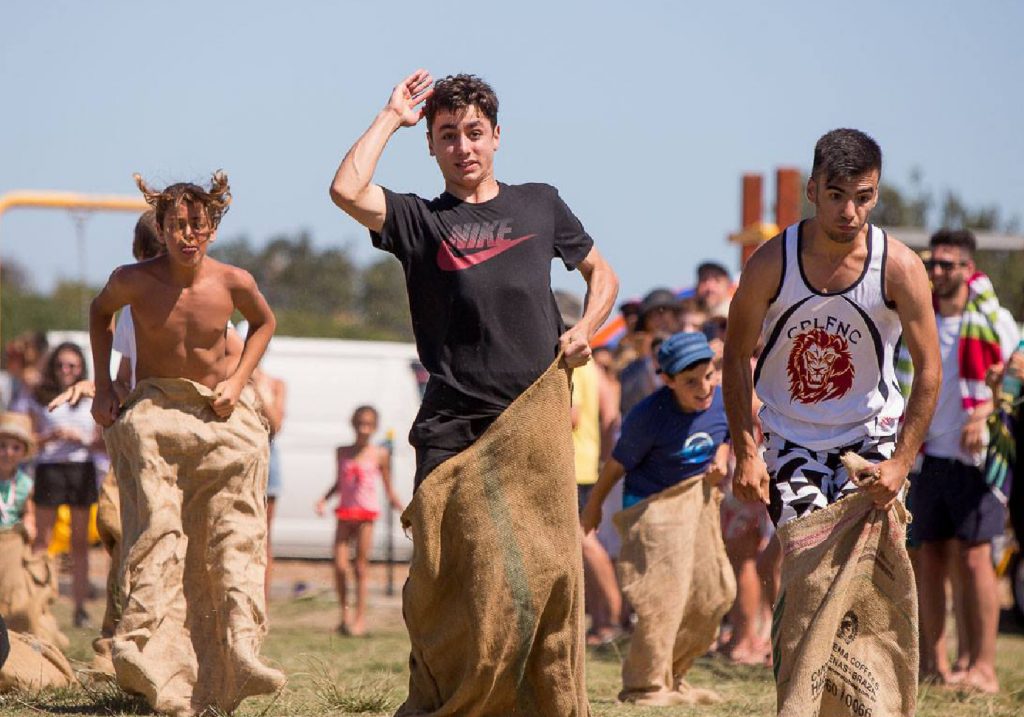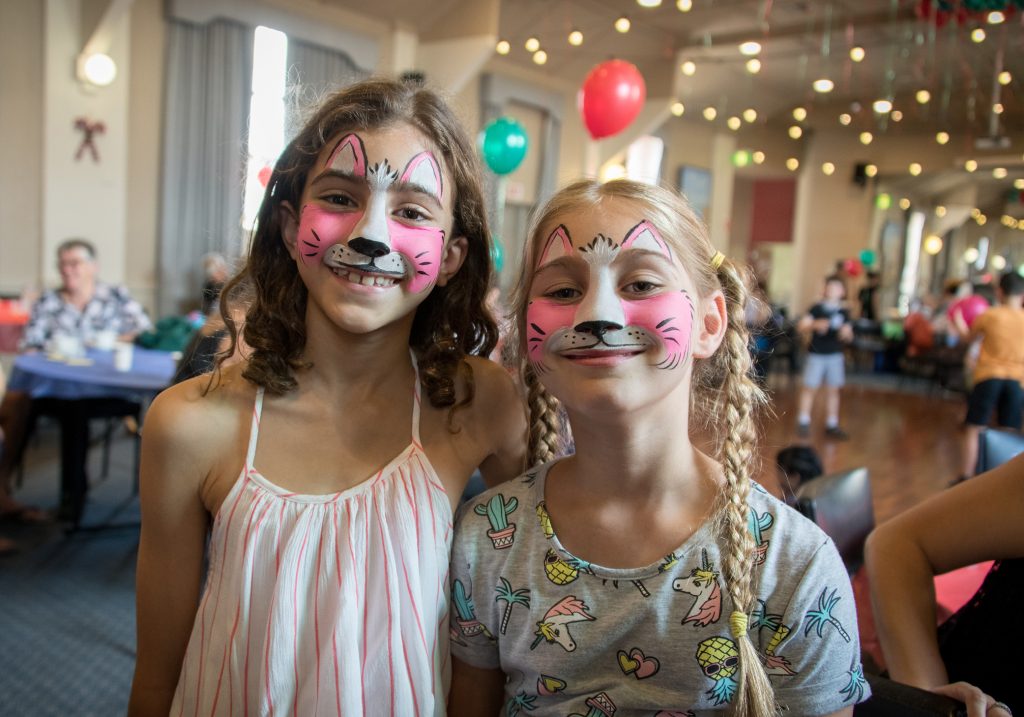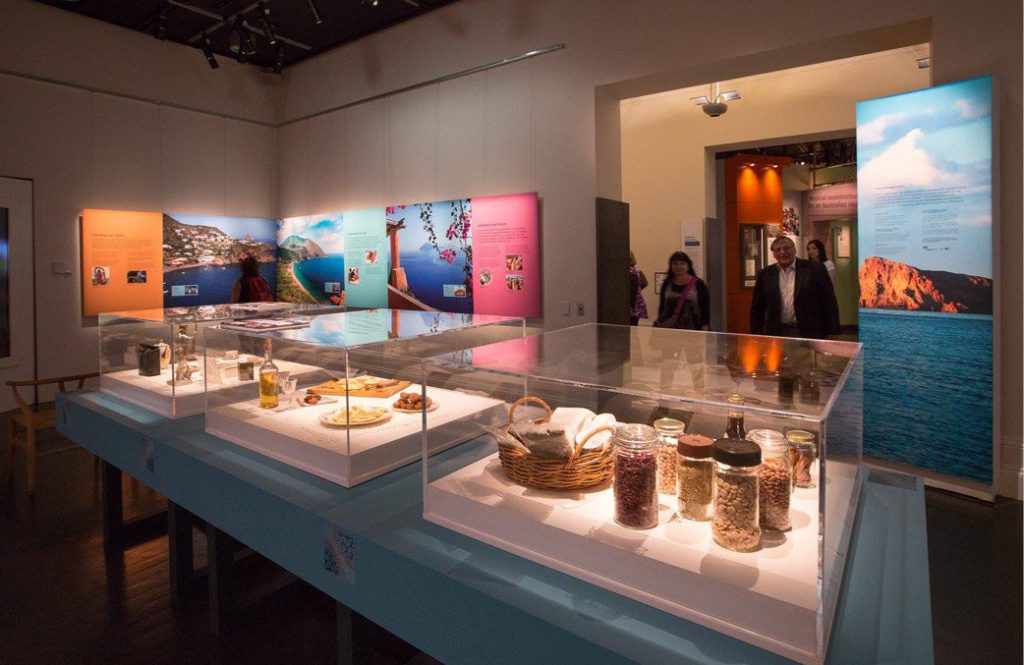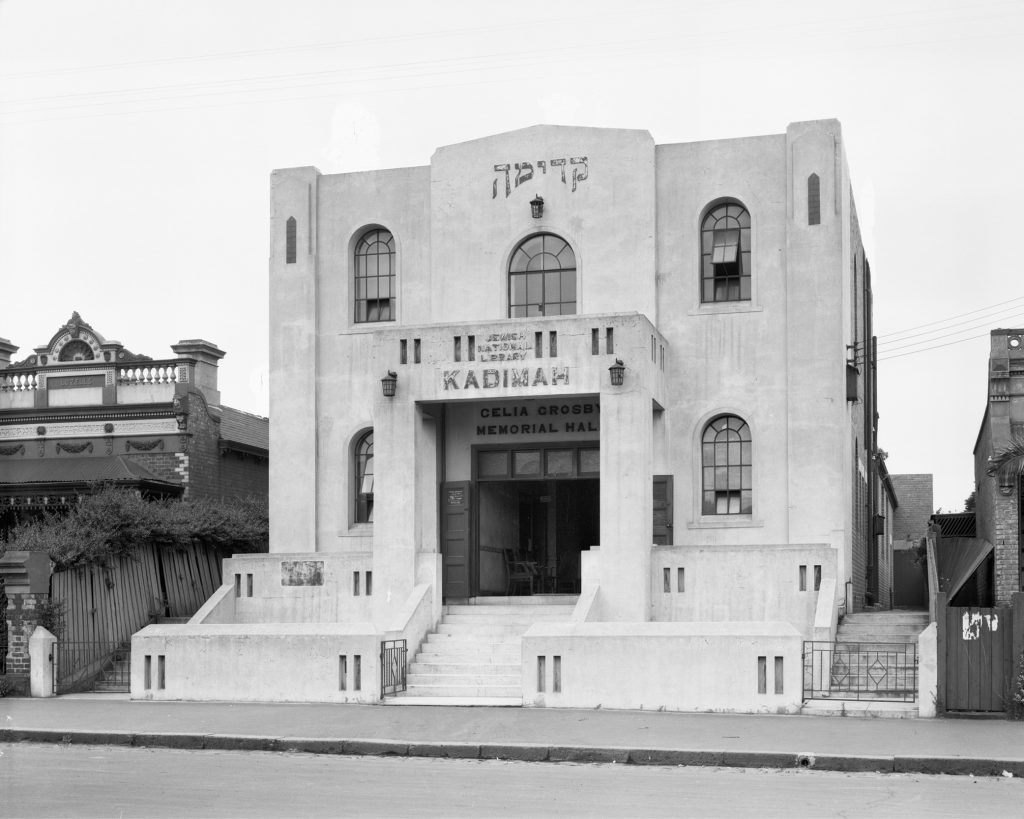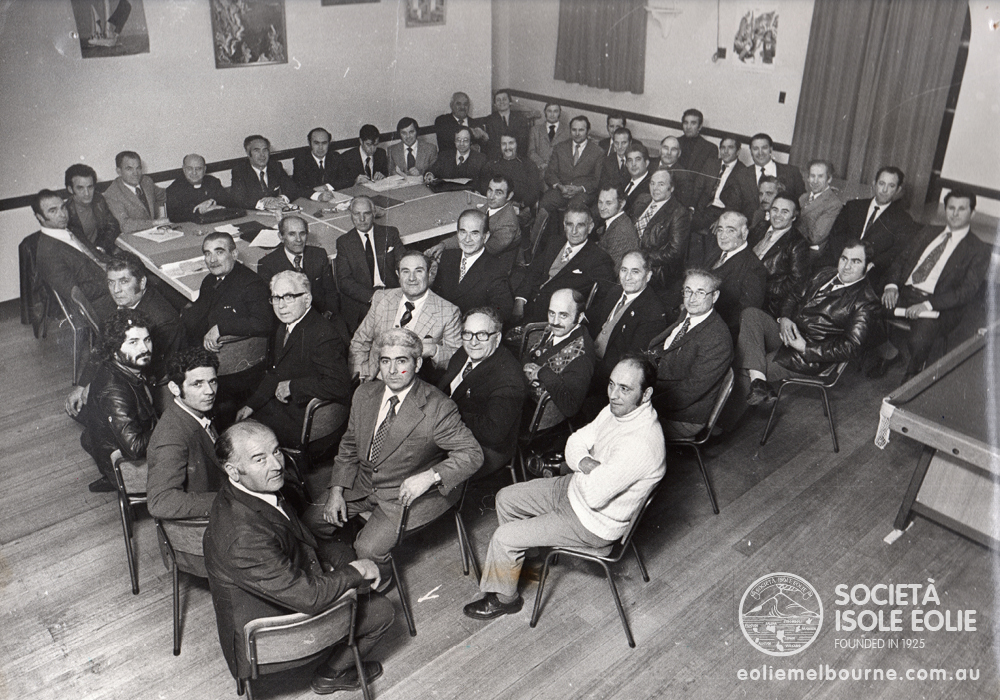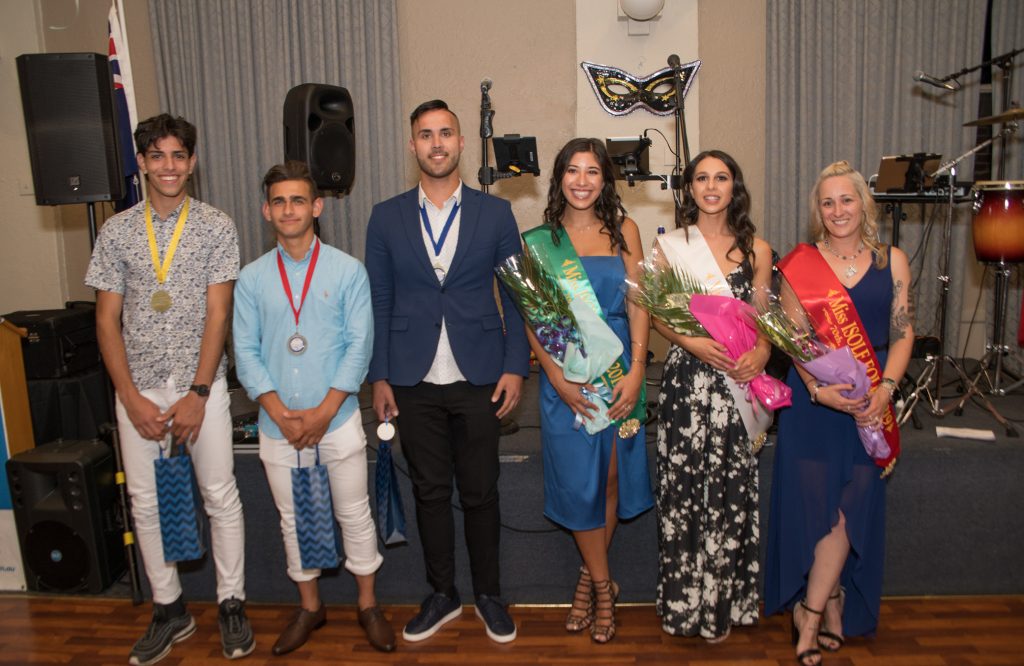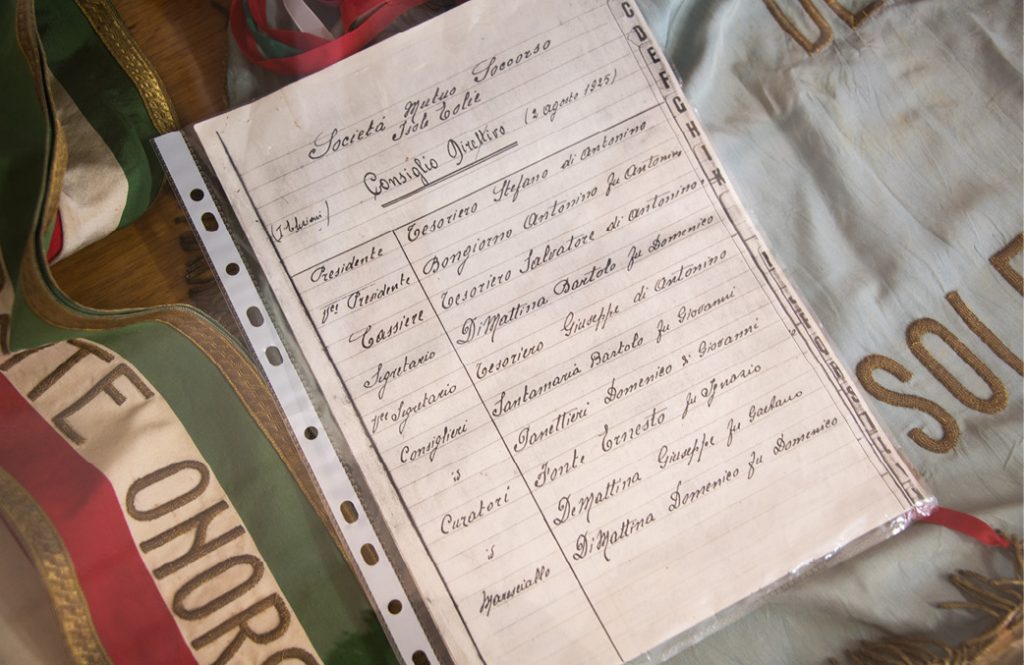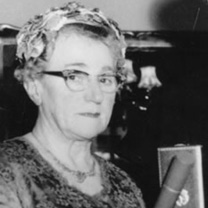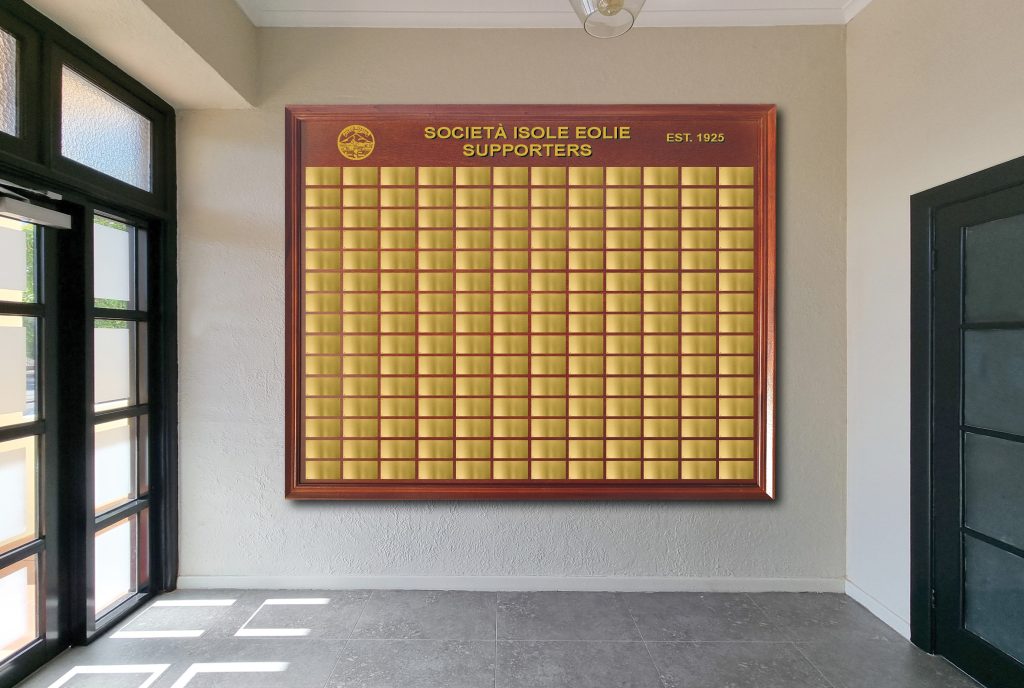100 Years Anniversary 1925 -2025
In 2025 we are celebrating 100 years of existence here in Melbourne.
Join us on Saturday August 2nd 2025 fo a celebration like never before.
More information coming soon.
The Founding of the Società Isole Eolie
As an organisation serving and promoting Aeolian culture, the Societa Isole Eolie, (SIE) is known to most people as the ‘Isole Eolie Club’ or the ‘Aeolian Club’. When founded in 1925 by Bartolo Di Mattina & brothers Giuseppe and Stefano Tesoriero, our charter was to be a social, cultural and welfare point of reference, aiming to help Aeolian migrants settle in Melbourne, offering them a place to meet, as well as providing moral and financial assistance in times of need.
The idea of a benevolent society was bought to Melbourne by Giuseppe Tesoriero, who had migrated to Melbourne after having been to New York, where he had belonged to the local Benevolent Society of Stromboli, and had personally witnessed the usefulness and merit of such an association. The New York Statute was then used as the model for the Melbournian Society’s Constitution, which did incorporate the aims and regulations that were to govern the life and activities of the Victorian Societa Mutuo Soccorso Isole Eolie.
Today as times change and a newer generation is stepping forward, we have a more general focus operating within the wider Italian community, to retain traditional links with the Aeolian Islands and their rich ties with the sea , while keeping alive, in an Australian social setting, customs and practices, such as our history, music, arts, Mediterranean cuisine and renowned pastries.
Read a more comprehensive history of the Società Isole Eolie Melbourne below.
A Detailed History of the Società Isole Eolie Melbourne
As the longest running Italian Social Club in Melbourne, the Società Isole Eolie holds a proud and rich history.

Several Italian migrants came together in a small hall at Ripponlea, inspired with the ideal of forming a club which they named the Società Mutuo Soccorso Isole Eolie (SMSIE). Thirty four people attended this first meeting. At its founding, our charter was to be a social, cultural and welfare point of reference, aimed at helping Aeolian migrants settle in Melbourne by supporting their efforts to acquire the English language, and to provide moral and financial assistance in times of need. To become a member an initial fee of 1 pound was paid and then a monthly payment of 4 shillings. As the years went by, it continued to focus on the needs of Aeolians and became a major fund raiser.
The SMSIE contributed the then-substantial sum of £330 towards a project called ‘Casa D’Italia’, which was to be the headquarters of the Italian community of Melbourne. As it did not proceed as envisaged, the money was redirected after the Second World War to the construction of the Villaggio Vaccari in South Morang, a retirement home for the elderly. It realized other purposes such as advancing loans to those wishing to open businesses in Melbourne and provided temporary relief to those members that fell ill or suffered misfortune.
The SMSIE played a significant role within the Italian community of Melbourne, especially during the years leading to World War II. During the conflict, however, the Società was forced to cease its operations, as Italians were viewed as ‘enemy aliens’ by the Australian authorities which were highly suspicious of organized groups. With the outbreak of war, many Italian men were interned or worked in the Civil Aliens Corps, including members of the Società.

No meetings were convened until 1948, when they were held at the Cavour Club (Circolo Italiano Cavour – Casa Degli Italiani) at 170 Cecil Street, South Melbourne. During this period of inactivity, the Società’s members were dispersed. The Club lacked coordination and remained unstable for several years. This was in contrast to the previously decisive role it played before the War.
A fresh effort was made to gain new members and reinvigorate the organisation.
After the War, the Australian government embarked on increasing its population with the release of the ‘Populate or Perish’ policy and signed a formal agreement with the Italian government to accept thousands of Italian immigrants, for 5 years via an ‘assisted migration’ scheme. However, the majority of Italians that migrated in the 1950s and 1960s were through ‘chain migration’, whereby the men would come first, find employment and housing, then ultimately enabling their families to join them by paying their fares.
The number of Italian regional clubs and associations began to grow in urban areas such as Carlton, Brunswick, Coburg, Preston and Oakleigh, thus the original scope of the SMSIE was diluted and it consequently lost some of its influence. The Società and these new clubs, and venues such as the San Remo Ballroom in Nth Fitzroy, became an important meeting place for Italian men to find prospective partners, especially those that did not subscribe to ‘proxy marriage’, which was a common practice at the time.
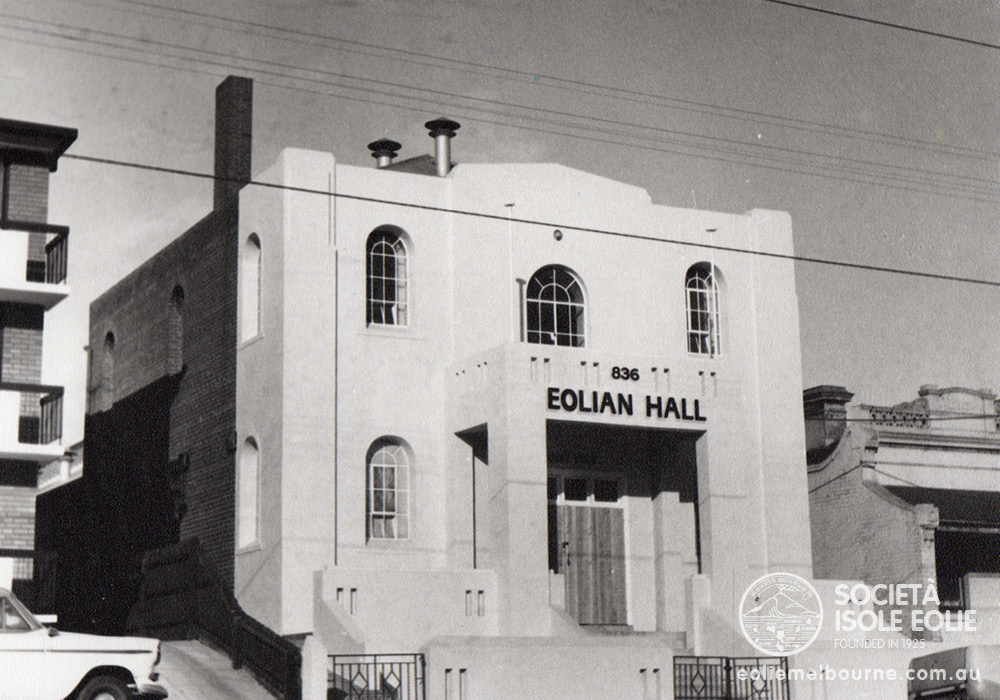
The Società acquired its current premises at 836 Lygon Street, North Carlton which had been the Jewish National Kadimah Library since the early 1930s. It was re-named Eolian Hall and became a central meeting point for the Aeolian community of Melbourne. A renovation program was largely financed by members, friends and various prominent Aeolians of Melbourne, whose generosity and volunteer work contributed to modernizing the Hall and purchasing its fittings and furnishings. It became the “Casa Degli Eoliani” in Melbourne ( The House of the Aeolians” in Melbourne).
Find out more about Eolian Hall’s History HERE

In 1969, Eolian Hall was inaugurated by the SMSIE President, cav. Marino Casamento, the Chaplain, rev. Vincenzo D’Amico, the Mayor of Northcote, cav. Antonio Matisi and the Console General of Italy in Melbourne Mario Ferrari Di Capri.
At the 1989 AGM, a decision was made to modify the original Constitution to cater for Aeolian-Australians, in order to bring older and younger generations closer together. At this time, the name was shortened to Società Isole Eolie (SIE). The original aims were not changed but enhanced- traditions and the original scope of the Società were retained:
• Mutual and material support among members
• Maintaining cultural ties with the Aeolian Islands
• Traditional devotion to the Patron, Saint Bartholomew
•The promotion of social, family and cultural activities in collaboration with other Italian-Australian associations, and participation in various Australian celebrations and appeals.

From the 1989-90 year, women were encouraged to become an active part of the Società. A Ladies Committee was formed partly thanks to younger, forward-thinking members, including Tony Barbuto, Giuseppe (Joe) Biviano, Salvatore (Sam) Lo Schiavo and Marcello D’Amico. The first women to hold an executive position were Marianna Cafarella as Vice-President and Pietrina Mandarano as Vice-Secretary. In that year, Nina Luca, Maria Russo, Rosemarie Cassarà, Josie Russo and Teresa Luca also joined the Committee as ‘Assistants to the Social President’.
As times have changed, the SIE has had to reinterpret its objectives. Members are now second, third and fourth-generation Aeolians- some having no Aeolian family heritage at all, since membership is now open to the wider Italian and Australian community. We now warmly welcome one and all to join us in our events.
The Islands we come from:
The Aeolian Islands
The Aeolian Islands, also known as the Isole Eolie, are a group of islands of the coast of Sicily. Lipari is the name of the main island and principle town and the archipelago of seven islands is named after Aeolus, the Greek god of the winds. Viewed from afar, the islands that form the Aeolian group appear to be quite different. Yet all inhabitants, irrespective of island of origin, have always considered themselves to represent a single unity. Sharing the same speech and culture, their solidarity is the foundation principle of the SIE.

Lipari
Lipari town is the biggest centre in the Aeolian Islands. It has always been the commercial and administrative heart, and is dominated by ‘Il Castello’, a cliff top citadel rebuilt by the Spanish in the 16th century as a fortress against hostile invaders and rampaging pirate sieges. Today it houses the world-renowned Aeolian Archaeological Museum which displays classic collections of Aeolian antiquities, going back millennia to times which pre-date the period of Magna Graecia.From ancient times, the island’s economy was based on obsidian, a sharp glass rock of volcanic origin used as a cutting tool.

Salina
The island is distinguished by the double humps of its two extinct volcanoes. The landscape is green and lush and unlike the other islands, it has its own woodlands and freshwater springs. Its best-known export is Malvasia wine, first produced by the ancient Greeks and prized for its sweetness and aromatic flavour. Such is its historic importance to the Aeolian economy, the island is administered by three local Councils- the other six islands have only one between them.

Vulcano
This geological wonder land, originally composed of 4 volcanoes, is characterised by sulphur fumes, underwater hot springs and gurgling mud holes. The fine black sands at Porto di Potente and Gelso Beach are as unique as those of Stromboli. The fumaroles and adjoining mud baths of the Laghetto di Fanghi, are the island’s main attraction.

Stromboli
At 924 m above sea level, Stromboli is an island volcano which continues to produce its daily fireworks, spewing fiery rocks down the ‘La Sciara del Fuoco’. Every late-afternoon, guides take trekkers equipped with helmets and climbing boots, to the summit to view the eruptions, which are best viewed at night. The little village of Ginostra (pop. 30), has officially the world’s smallest port, ‘U Pirtusu’- which at best, can only take 2 small boats. The basalt rock Strombolicchio, is the remains of the inner core of an extinct volcano. It is the oldest geological structure in the Aeolians, and it marks the most northern point in the region of Sicily.

Alicudi
The island has only walking tracks and is a hiker’s paradise with no roads or cars. It resembles Ginostra (with which it shares a common fishing culture), For relaxing, it is the Mediterranean’s most serene location. There are only a few dozen permanent residents on Alicudi, yet quite notably, hundreds of its descendants live in Australia. Close to the summit lies Timpone delle Femmine, where women would take refuge and hide during pirate raids.ks from pirates.

Filicudi
The Bronze-age huts of Filicudi’s Prehistoric Village, date back to 1,800 BC and its surrounding waters are the graveyard of lost Greek and Roman ships. Famous for its game rabbits, they are served with potatoes as the speciality, ‘Cunigghiu cu ‘i Patati’. The majestic vertical rock formation (fariglione) La Canna is 85 m high and is surrounded by the richest coral fishing grounds in Aeolian waters. La Grotta del Bue Marino (Seal cave) is entered via a spectacular natural rock archway – many similar caves are only accessible from the island’s rocky coastal cliffs. the island after constant attacks from pirates.

Panarea
The Bronze-age Village at Cala Junco dates back to 1,400 BC and pottery indicates that its inhabitants were once trading with the ancient civilisation of Crete. Fragments and archaeological remains are still visible beneath the waterline where bubbles from fumaroles float to the surface. Being the smallest of the Aeolian Islands, Panarea feels overrun at the peak of the summer holiday season, with countless visitors living on yachts and pleasure craft moored around its coast. Panarea has its own (mini) Islands: the uninhabited Dattilo and Lisca Bianca each have their own private beach. The tiny island of Basiluzzo was once inhabited but the occupants were forced to abandon the island after constant attacks from pirates.


